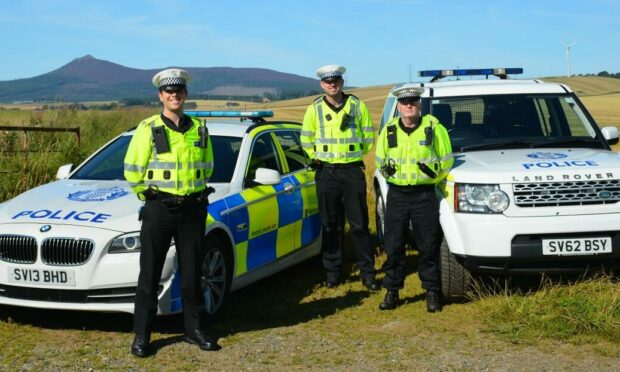Sergeant Alexander Bowser-Riley, of the road police division, says that difficult conversations must be had with family members if you suspect they are not able to drive safely anymore.
We all have a responsibility in society and must work together and do what we can to keep each other safe.
My team patrols the north-east and we are passionate about road safety. We also attend incidents on the roads and investigate all fatal collisions.
When someone dies on the road the impact is profound for all those involved and their families and friends.
Collisions happen for a number of reasons but predominantly they are due to driver error and so it is of the utmost importance that all road users take personal responsibility to ensure that they are fit to drive or ride.
Not having enough rest, illness and medication can impact on everyone’s fitness to drive.
While older drivers tend to have a lot of driving experience, as we age, our eyesight may deteriorate, reflexes may not be as sharp, and spatial awareness or ability to concentrate may diminish.
This doesn’t necessarily mean you need to stop driving later in life, but there are steps you should take to ensure many safe driving years ahead.
For example, speak to your GP if you are concerned about your mobility, health or medication affecting your ability to drive safely.
We should all make sure our vision is to the required standard for driving, so please remember you need to be able to read a car number plate 20 metres away.
When we stop drivers, we will check you can do this so please wear your glasses or contact lenses when you are driving if you need them.
Have your eyes checked at the optician. In Scotland, those over the age of 60 may receive a free eye test each year and those between 16 and 59 every two years.
As a driver with many years experience, I do recognise that giving up your licence may be a difficult decision.
Tough conversations with family members
Families may also be aware that loved ones are struggling to drive safely but find that this is a difficult subject to broach.
You may be aware that your driving is not as good as it once was.
Remember it is every driver’s responsibility to ensure they are fit to drive every time they get behind the wheel.
If a fatal collision occurs and the actions of the driver who caused it are deemed to be dangerous then prosecution is likely and circumstances such as the fitness of the driver will be taken into account.
If found guilty of causing death by dangerous driving the driver can be sentenced to up to 14 years in prison.
I would urge people to talk openly and honestly regarding whether they think each other is safe to be driving.
Whilst the conversation may at times be difficult, the consequences of not doing so could be far worse.
